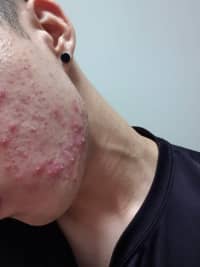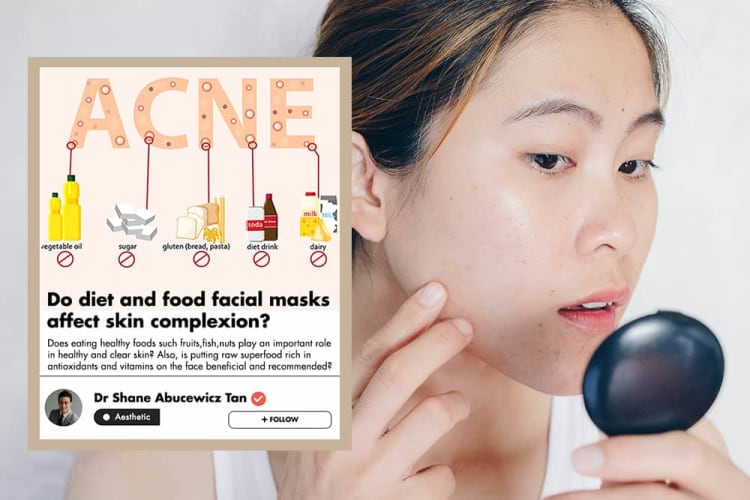Hi,
The severity grading of acne is generally based on the number of inflammatory lesions as well as the nature/size of the inflamed lesions.
Moderate acne is generally defined as having about 10-20 small inflamed lesions.
Severe acne is generally defined as having multiple larger inflamed nodules and cysts. Larger inflamed lesions are more likely to cause scars.
The key purpose of acne severity grading is really to guide the doctor in prescribing the appropriate treatment for the patient and to track treatment progress.
From the photo, your acne is considered severe. You should seek effective medical treatment early to control the inflammation and reduce scarring.
Hope this helps!






